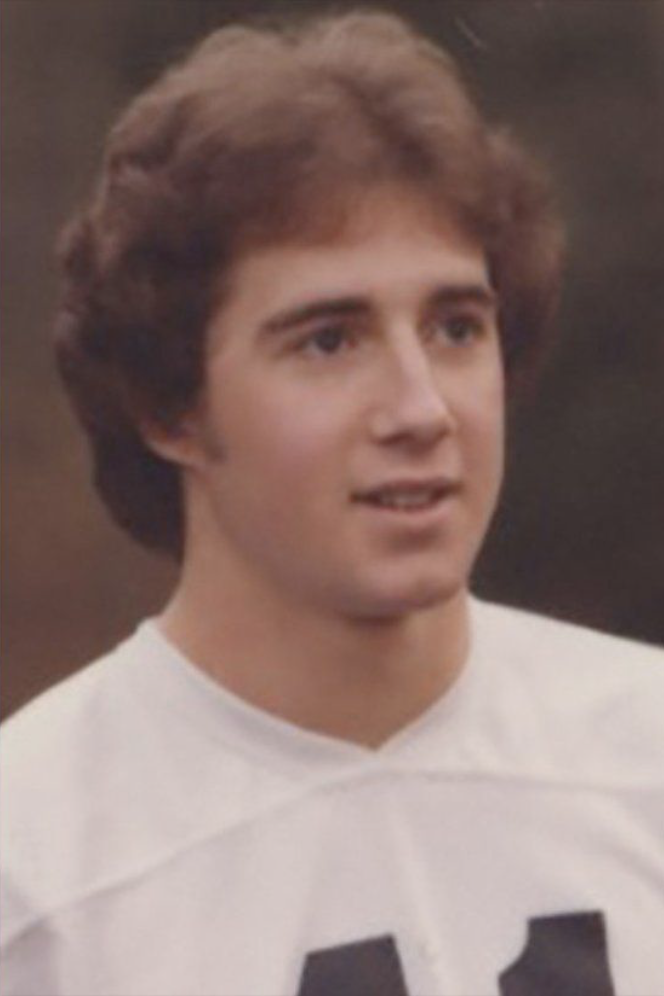As troopers moved on to the crewmembers, however, it got progressively more difficult to decide their fates. Consider Chris Heyman. Heyman’s physical description seemed to match that given by some of the witnesses, especially the one given by Casino skipper Bruce Anderson. Heyman was blonde. Young. Clean-cut. He knew the Coulthursts, knew their kids, knew the other members of the crew. And he was in Craig at the time of the murders.
But one thing was missing. Chris Heyman was anything but an experienced fisherman. 1982 was his first year on a commercial fishing boat. Maybe he was a quick study, but even then there was considerable room for doubt. He’d been thrust into a full-time role only when Roy Tussing left the boat.
Dean Moon was another question entirely. Although his physical description differed somewhat from that provided by witnesses — his hair was dark and curly, not blonde and straight — in other respects he was a good match. His height and weight were right in the ballpark. With a baseball cap on, maybe the witnesses had misjudged his hair. And the troopers seemed to remember one witness saying that the skiffman’s hair was “dirty.”

Like Chris Heyman, Moon was in Craig at the time of the murders and knew everyone on board the Investor. Unlike Chris Heyman, moreover, Moon was an experienced fisherman. Roy Tussing told the troopers he was training Moon to operate the Investor skiff.

September 24, 1982
If there was a nagging question about Moon — one that made it harder to decide — it was that he was nineteen years old at the time of the murders. Assuming he had committed those murders, and survived, he still had to go on with his life somehow, somewhere. Although not impossible, Stogsdill knew it would have been difficult for him to “go some place and assume a whole new identity and a whole new history and just actually begin again, severing all ties.”
In the year following the murders, no one had heard from him. And neither his name, nor the names of his fellow crewmembers, had shown up on the national crime computer. Surviving a year on the lam seemed too much to ask of a teenager.
Still, Stogsdill was not willing to dismiss Dean Moon entirely. He was unwilling to do so because the book on the Harlan Dean spotting of Moon in San Francisco wasn’t completely closed. That alone made it almost impossible to decide.
Excerpts from the unpublished original manuscript, “Sailor Take Warning,” by Leland E. Hale. That manuscript, started in 1992 and based on court records from the Alaska State Archive, served as the basis for “What Happened in Craig.”
Copyright Leland E. Hale (2019). All rights reserved.

Order “What Happened In Craig,” HERE and HERE. True crime from Epicenter Press about Alaska’s Worst Unsolved Mass Murder.